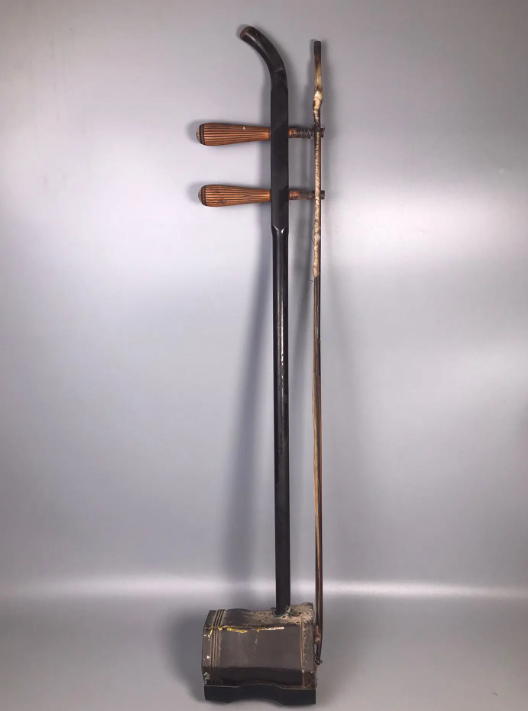Erhu intonation practice
First of all, the tuner is light and easy to use, and should be used more and more to check the pitch at any time.
Practice listening, especially when the pronunciation is accurate, the sound of the piano is full and the feeling is real.
Press the strings and acupressure, and practice pressing to keep the strings still, and the sound is full.

Master the virtual overtones, especially in the middle of the strings, which are an octave higher than the open strings, and use the natural overtones to tune the real overtones.
Understand the relationship between the 12 well-tempered major keys and the whole-tone semitones (at least traditional Chinese music rarely uses minor keys), and that the natural key is slightly different from the 12-well-tuned Me-Fa and Ti-Do.
Through the practice of scales and arpeggios, familiarize yourself with the positions of the inner and outer strings. Arpeggio practice is to change the pitch of the keys to ensure proficient and accurate.
Practicing the left hand shape, and the independent extension ability of each finger, if you do not need to adjust the hand shape. You can 1, 2, 3, and 4 tones Me, Fa, Soh, La, or Me, Fa-sharp, Soh, La, and keep the pitch accurate.
When switching up and down, one finger is the guide, and one finger is pressed accurately, and the other three fingers are adjusted according to the adjustment.
Practicing the piano lies in the unity of knowledge and action. The knower is understanding the path. It is "to know stagnation and then to be calm, and then to be able to be calm". The practitioner follows the practice and implements it earnestly.
 渝公网安备 50010702504639号
渝公网安备 50010702504639号